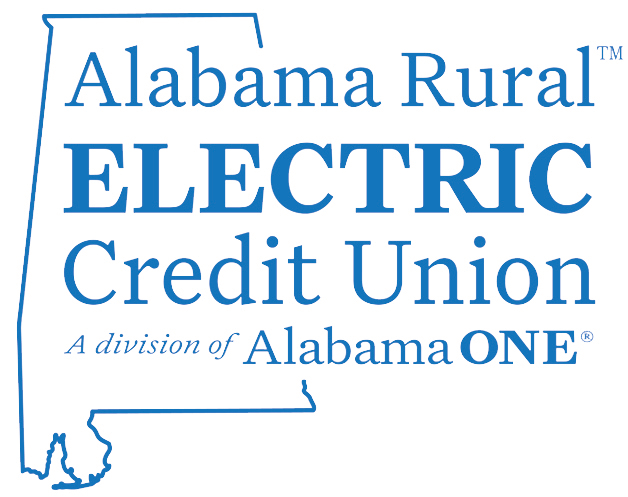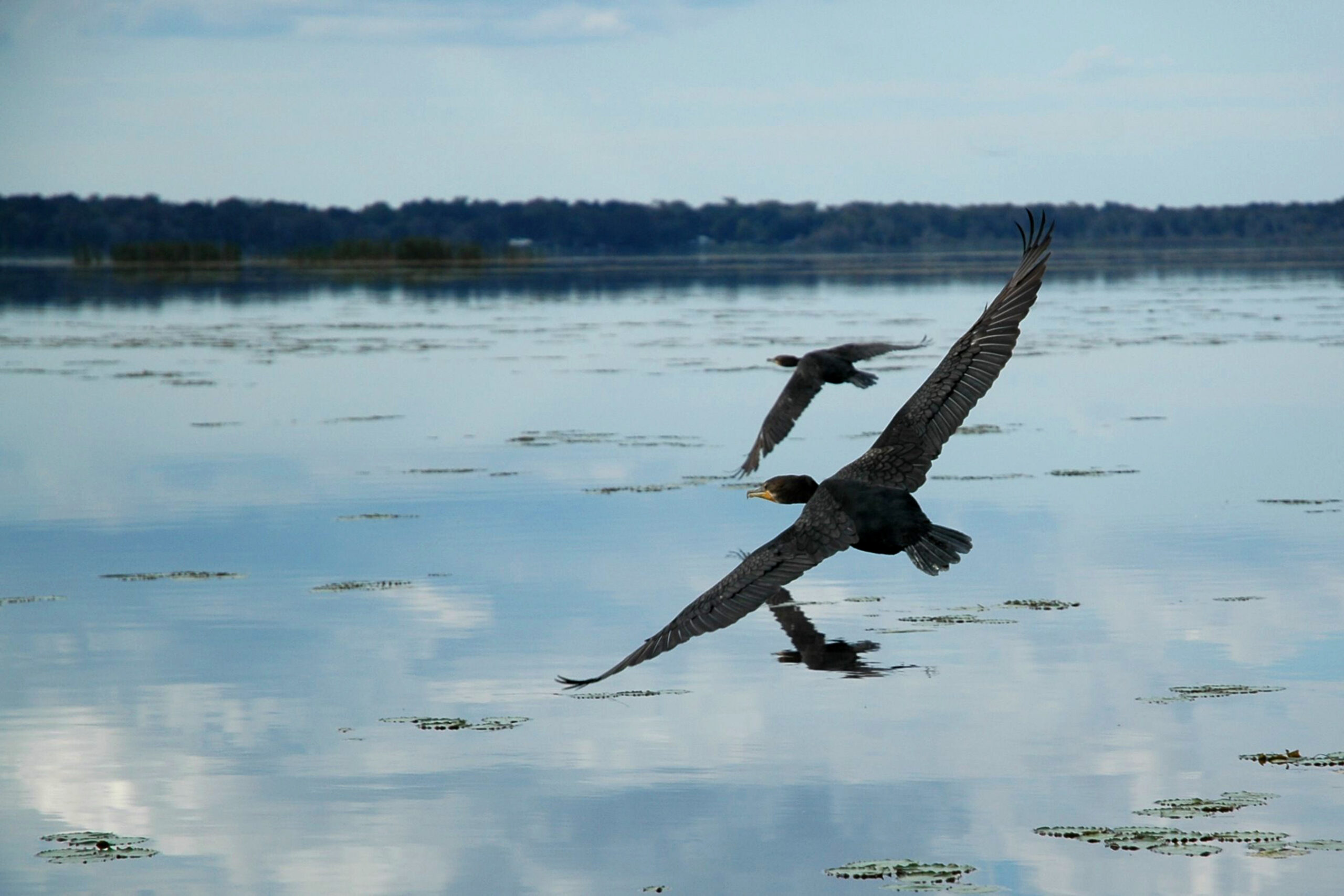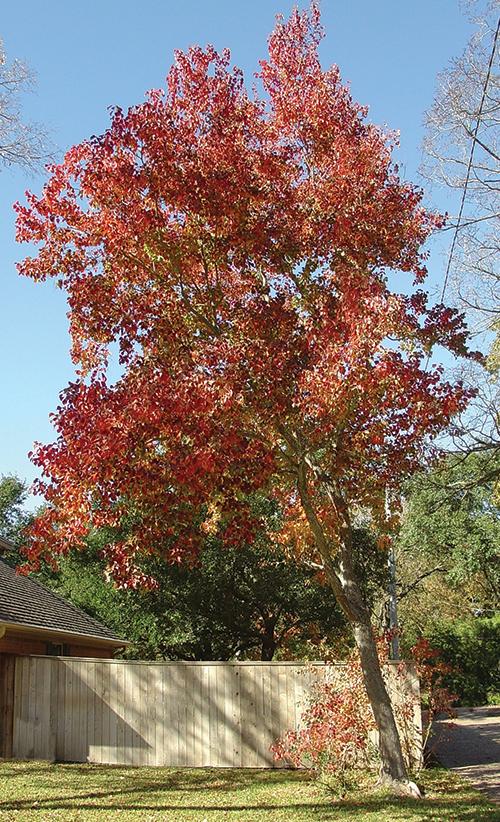Sports tourism brings big impacts to local economies
Story & Photos By Colette Boehm

With state-of-the-art facilities and a diversity of landscapes and resources, Alabama is winning the sports tourism game. In 2024 the industry had more than $614 million in economic impact on local economies throughout the state, as reported in the Sports Alabama Annual Report. Sports Alabama is a trade association that promotes the state as a premier sports destination and works with its 11 member-destinations in recruiting and attracting events of all sizes to Alabama.
Its largest member, Birmingham, hosted 150 events in 2024, including Major League Baseball at Rickwood Field, which was televised to an estimated 2.5 million viewers. Last year sports tourism contributed more than $249 million in economic impact. The 2024 SEC Baseball Championship alone resulted in a $15 million economic impact and welcomed a record 180,000 attendees. The Sports Business Journal included Birmingham in its Top 50 Best Sports Business Cities in the country and one of 2024’s best sports cities without a major professional sports franchise.
While Birmingham boasts the largest share of the state’s sports tourism business, smaller destinations are also seeing very big impacts from the sector. As the market shows signs of continued growth across Alabama, several locations are increasing their investment by building new sports tourism facilities. They expect more
events being held in their communities and larger returns in the form of economic impact.
The 130-acre Sand Mountain Park and Amphitheater opened in Albertville in 2021; the city of Saraland is nearing completion on a $72 million sports complex on a 100-acre site. The city of Muscle Shoals has announced plans for a $65 million complex, and Alabama’s Beaches Sports & Events has purchased 111 acres for a multi-faceted sports tourism complex.
“I believe that Alabama is positioned to continue serving as host to quality events for years to come,” says Don Dukemineer, president of Sports Alabama and director of sports development for Decatur/Morgan County Tourism.
“Destinations continue to research and plan for facility growth that matches their community need, while also matching that community need to sports tourism goals of attracting new visitors. The work each team does helps build a new interest in the outdoor and recreational offerings Alabama has, while also generating economic impact for the
hospitality community.”
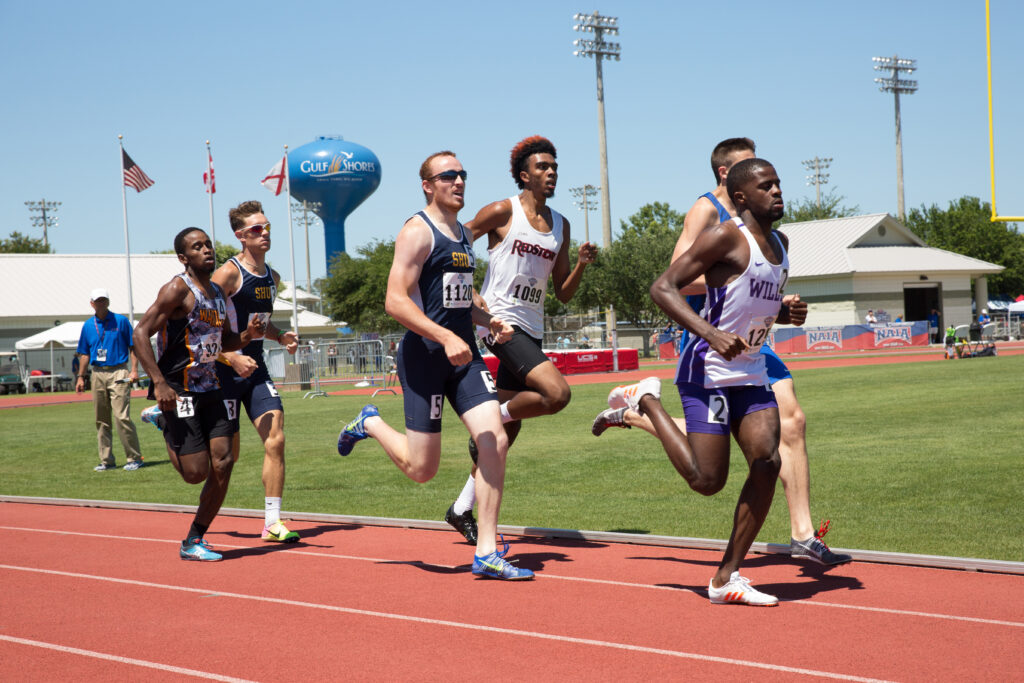
An economic driver
According to Katy Norton, president of Marshall County Tourism & Sports, the Sand Mountain park generates more than $20 million each year in economic impact and has also spurred new business activity. “Since the park opened in 2021, we have seen three new hotels break ground. Two are open – the Fairfield Inn and Suites and Hampton Inn Albertville. Home 2 Suites by Hilton should open this spring at City Harbor
in Guntersville.
“We have also seen several brands come into our market, restaurants, etc., as well as a new movie theatre. So, the park has definitely driven economic growth for Albertville and the county as a whole.”
The complex, which cost a reported $86 million to build, has outdoor facilities including nine turf diamonds, five turf multi-sport fields, a Miracle League field, 16-court tennis center, a 7,500-square-foot amphitheater, 18-hole disc golf course and a 3.5-mile trail, in addition to seven playgrounds, an RV park, dog parks, and a water park with a lazy river. The indoor, two-story Fitness and Aquatics Center houses an eight-lane indoor competition pool, four hardwood courts, and 25,000-plus square feet of event space.
At the southernmost end of the state, the local sports and events commission is proposing a new complex in Gulf Shores, with a price tag of nearly $56 million for outdoor facilities and an additional $43 million for an indoor phase. Gulf Shores and Orange Beach hosted 142 events last year, and officials estimate a current economic impact of more than $84 million annually.
The commission sees the new facilities as a means to maintain and increase sport tourism activities – and their positive impacts – despite the increasing local need for facilities from the rapidly bourgeoning population along the coast. A feasibility study estimates a year-one impact of 38 additional events that will generate a total economic impact of more than $62 million. In year five, that estimated impact grows to $84 million.
In addition to new, large complexes like these, Marshall County and Alabama’s Beaches sports authorities, along with others throughout the state, also say Alabama’s diversity of natural resources adds to the types of events that can be hosted in the state.
“Location plays a key role in organizers choosing Alabama’s beaches for events,” says Michelle Russ, vice president of sales, sports, and events at Alabama’s Beaches Sports & Events. “Our natural assets are the heartbeat of the destination. Any destination can have an amazing sports complex, but not every destination has 32 miles of beaches, the Gulf of Mexico, back bays and freshwater lakes.”
Building on natural resources
The NCAA Collegiate Beach Volleyball National Championship, which recently announced a return to Gulf Shores’ beaches in 2027 through 2031, is played on the public beaches. The Hugh S. Branyon Back Country Trail, which winds through Orange Beach and Gulf State Park, is a venue for high school and collegiate track and field competitions and, along with the waters of the Gulf of Mexico, for an annual triathlon that garners hundreds of participants each year.
Norton sees the same value of the natural resources in her north Alabama destination.
“Lake Guntersville brings $1 billion in economic impact to Marshall County every year. In the region, including Jackson County and surrounding areas, economic impact from the lake is $4 billion. From a fishing standpoint, our lake’s reputation for producing large bags of fish consistently brings many of the tournament anglers to us.”
The lake is also home to HydroFest each summer. Competitors come from across the country to race at speeds of up to 200 miles per hour. The two-day event includes five classes of speed boats.
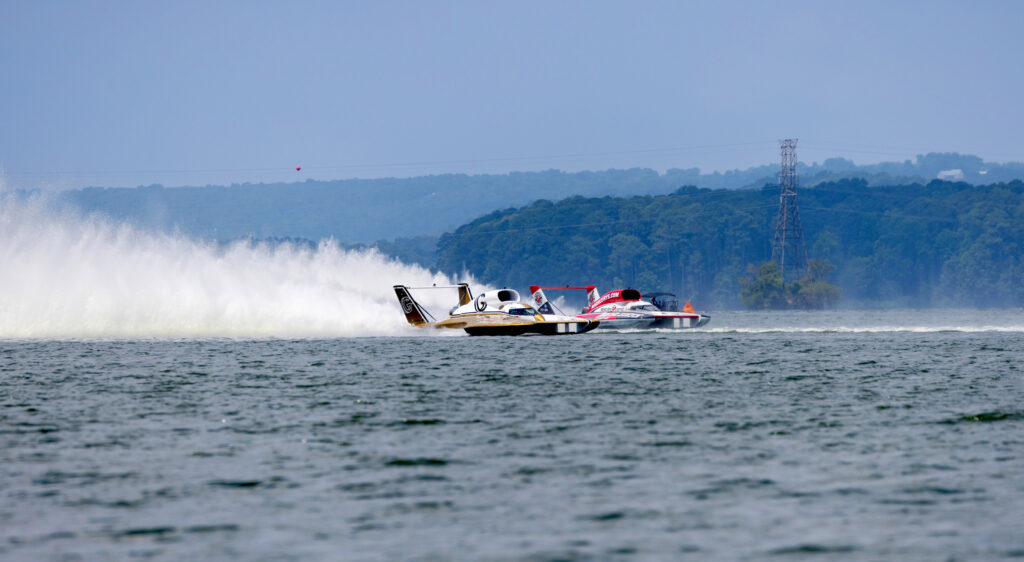
The combination of natural resources and built facilities, Norton notes, is a winning one for her region. “Marshall County is truly blessed with Lake Guntersville and our state parks, three in our county,” she notes. “We know that the largest generator for tourism is the state park itself. However, the buildout of Sand Mountain Park and Amphitheater has brought a new clientele to our community and introduced our lake and area to new families who we hope will continue to visit even when they aren’t playing ball.”
“Our rich history and tradition detail why Alabama is so unique in the sports tourism landscapes,” Dukemineer notes, “first while hosting events only Alabama can, but second because of unique venues throughout the state that can host a variety of exciting events. I’m so proud of the work our members do each and every day to provide quality experiences to every visitor who travels to Alabama.”
Sports Alabama member organizations are Auburn-Opelika Tourism, Sports Birmingham, Decatur-Morgan County Tourism, Visit Dothan, Foley Sports Tourism, Alabama’s Beaches Sports & Events, Explore Rocket City, Marshall County Tourism & Sports, Visit Mobile, The Shoals, and Tuscaloosa Tourism & Sports.
Teamwork results in a Sports Toursim Win
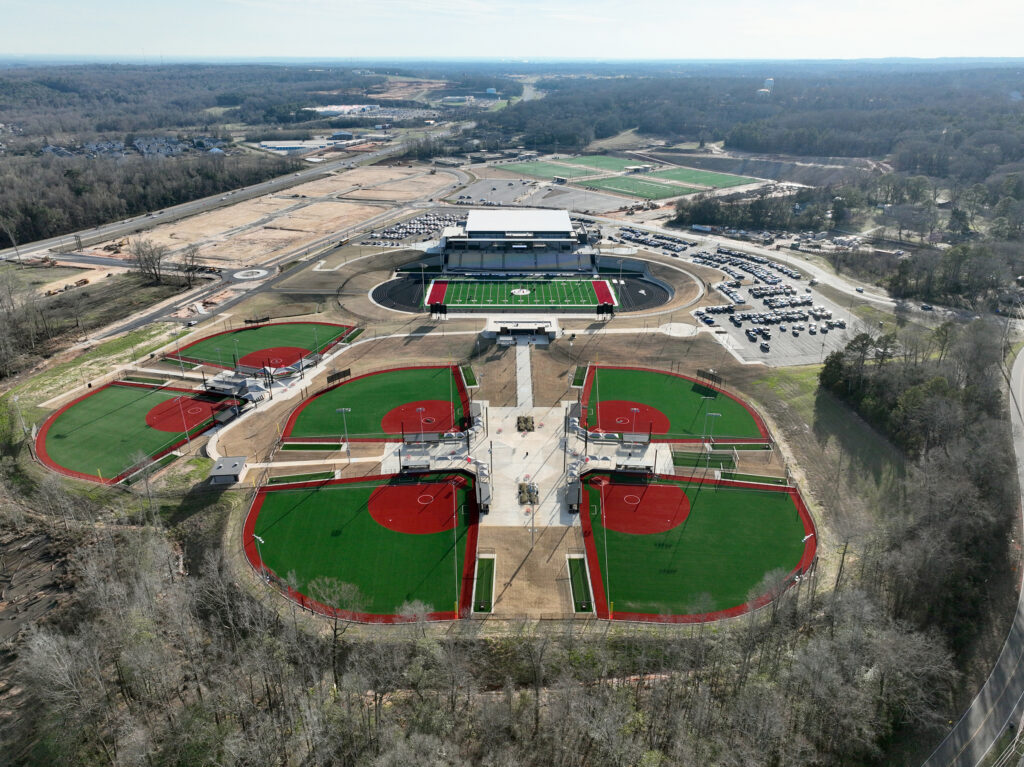
A conversation that began in 2017 has resulted in a partnership that is paying off in economic development opportunities through sports tourism for one central Alabama county. The partnership conceived a project now known as 17 Springs, located in Millbrook, where two of three phases are complete and the fruits of the years-long labor are already being reaped.
Phase 1 was completed in 2023 and a ribbon cutting for Phase 2 was held in February of this year. These phases comprise a sports complex known as The Fields at 17 Springs. The nearly 120-acre venue includes state-of-the-art facilities, including five multi-purpose turf fields, including one with stadium seating for 5,500 along with a track, as well as 12 pickleball courts, one grass field, four futsal courts, and 12 tennis courts.
The Fieldhouse is an 86,000-square-foot facility, featuring a 42,000-square-foot event space that can accommodate four basketball courts, eight volleyball courts, or 12 wrestling mats. The indoor space also includes a concession area and locker rooms, along with three conference rooms. According to Elmore County Chief Operations Officer Richie Beyer, the technology and versatility of The Fieldhouse design will make it a popular venue for events other than sports also.
The Elmore County Commission is one of five partners in the $100 million project, along with the Elmore County Board of Education, City of Millbrook, YMCA of Greater Montgomery, and Elmore County Economic Development Authority. Public input, along with partners’ needs and their abilities to support the project in different ways, all contributed to the 17 Springs concept.
“It’s unique, the way the partnership came together,” says Beyers. “It started through some conversations with the Grandview YMCA, on their 70 acres of land. They were trying to figure out how to masterplan that. Then the city (of Millbrook) started talking to them about needs, the Board of Education had some needs, and there was just a synergy where everybody was pulled together. And ECEDA was the right entity to start the process with feasibility studies. ECEDA was the lynchpin that held the feasibility part together for the five partners.
“In addition to our five partners,” he adds, “our design team, contractors and utilities partners including Central Alabama Electric Cooperative and Central Access, have done everything they can to help us, to guide and prioritize.”
The facilities at 17 Springs are already popular for both local sporting events and visiting tournaments. Beyers predicts the surrounding businesses are already seeing a positive impact from that play.
